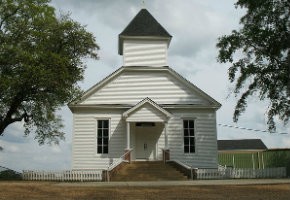What a congregation knows: The deep wisdom behind odd practices
My second call in pastoral ministry was to an urban church composed almost entirely of Alaskan Natives. Their preferred hymnal consisted of four-part, shape-note gospel harmonies and texts from the late 19th and early 20th centuries. These hymns were decidedly tilted toward end-times imagery—derided by outsiders for their “pie in the sky by and by” theology, with language and melodies that sounded quite at odds with the Lutheran roots of the congregation.
Denominational officials were blunt with me that, as soon as possible, I should replace this hymnal with one more attuned to the orthodoxies and ethnicities predominant in American Lutheranism. Clearly, they argued, the members didn’t know how inappropriate and retrograde these hymns really were. When given a better option, they would surely become more spiritually sound and faithful.
Somehow, fortunately, the replacement never happened. Besides, there were just too many flaws in the simplistic claims of those officials. For one thing, while the hymns might have been unusual for this denomination, the overall worship patterns were not. What’s more, the members were mainly third- and fourth-generation Lutherans who had been introduced to the faith long ago in their rural home villages. They thoroughly knew Luther’s Small Catechism, yet were also quite comfortable speaking to the spirit of the salmon they dip-netted from the local streams.






